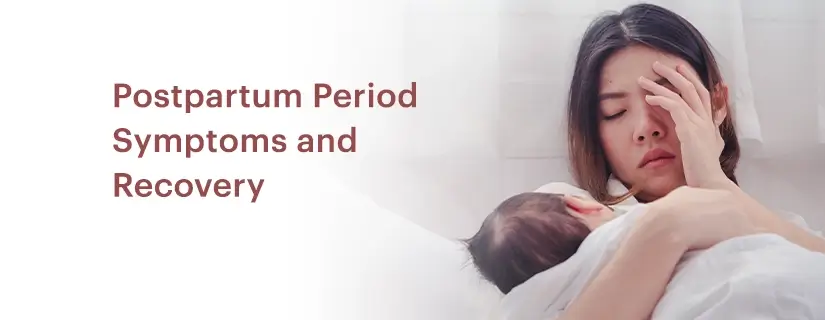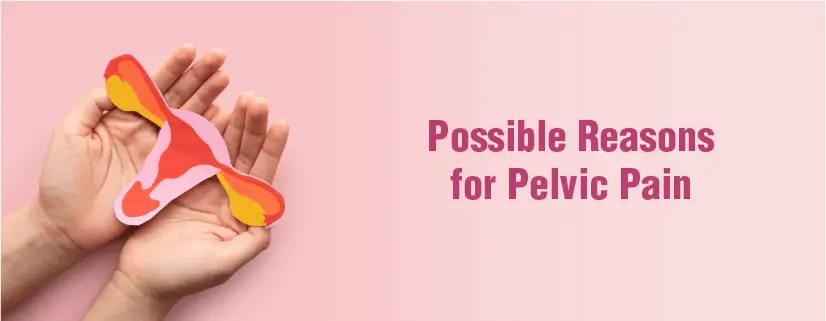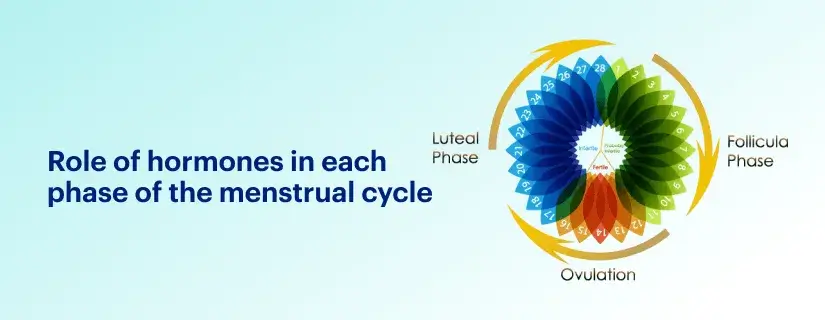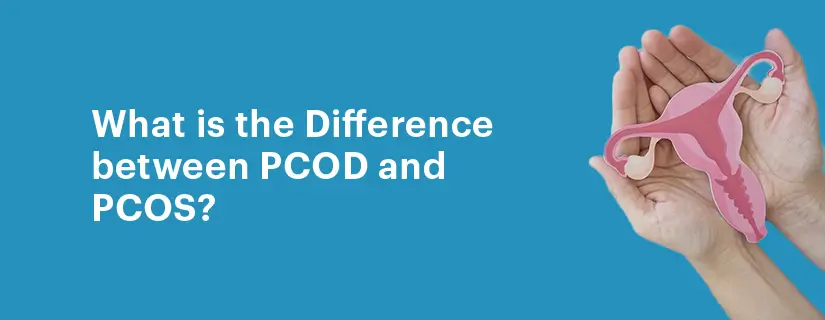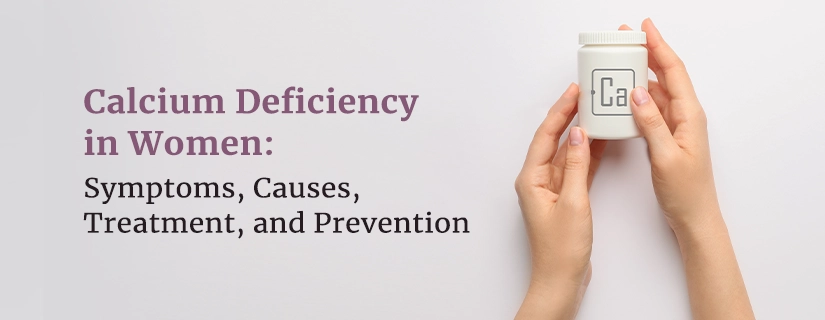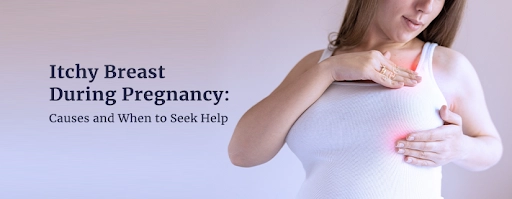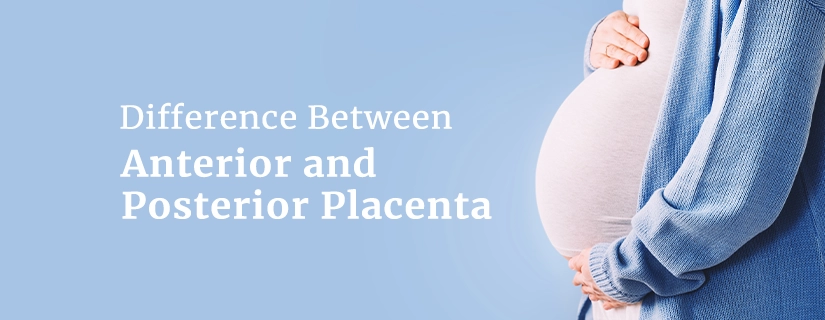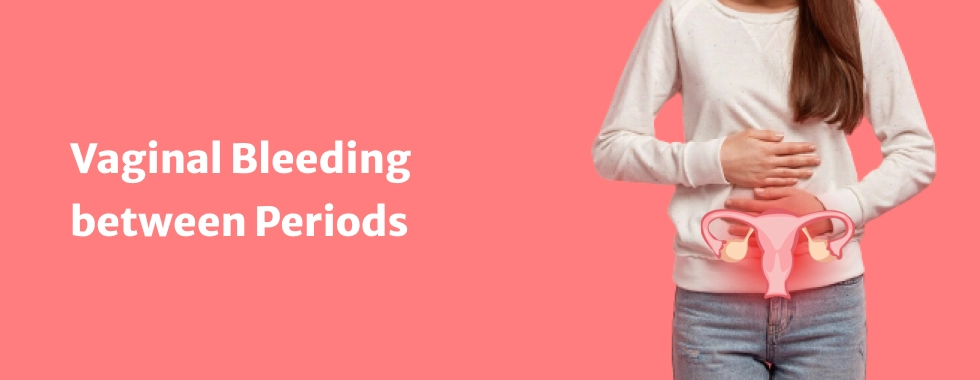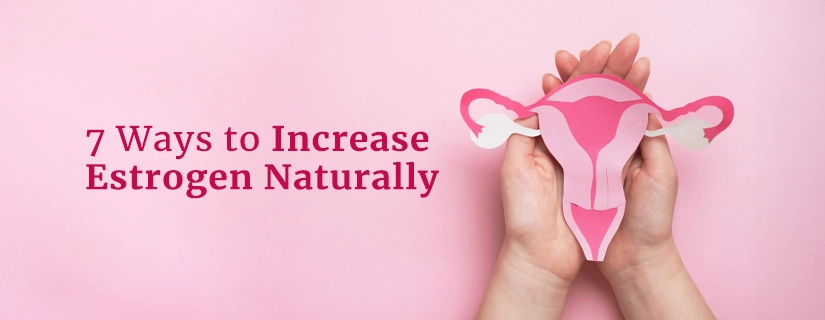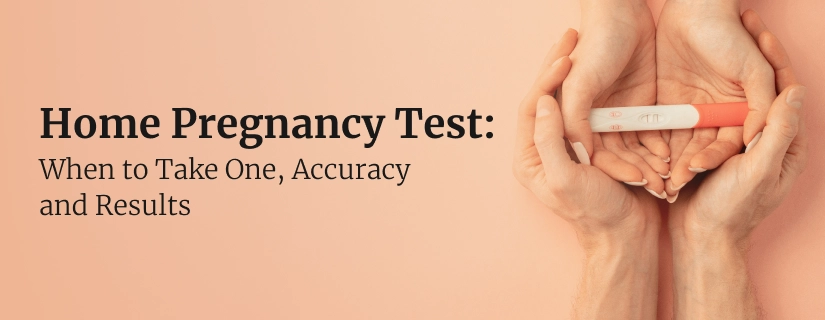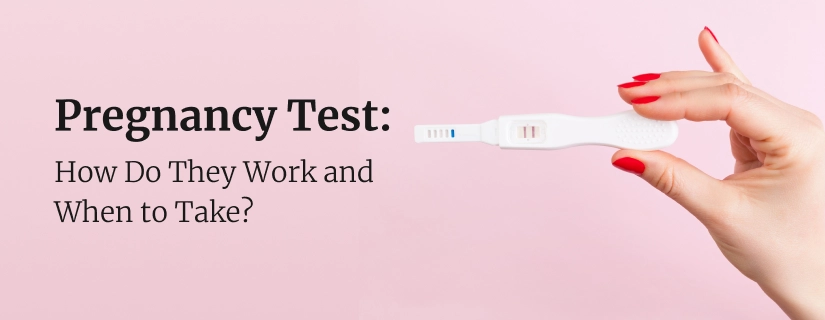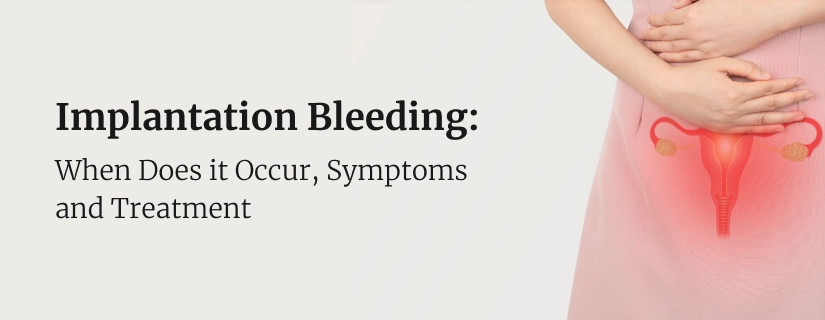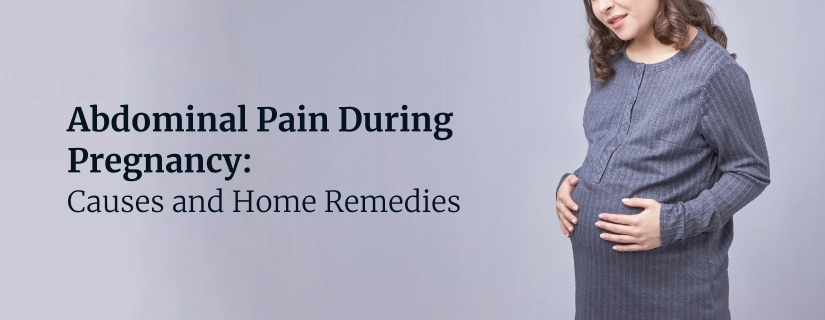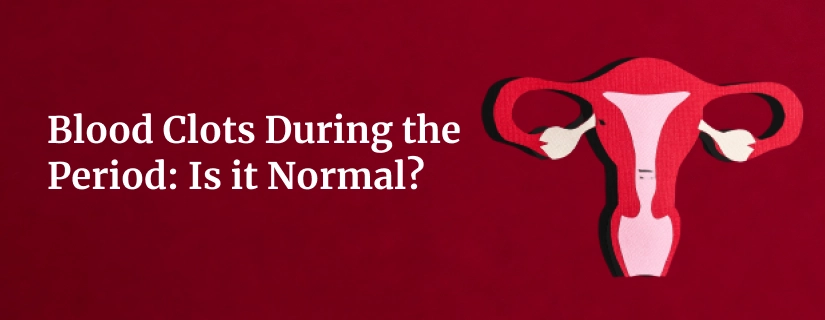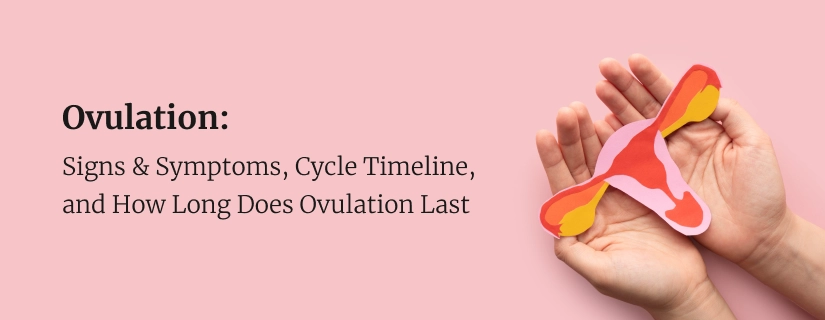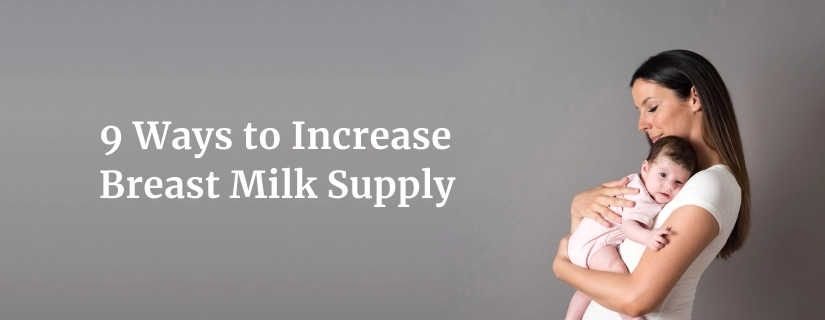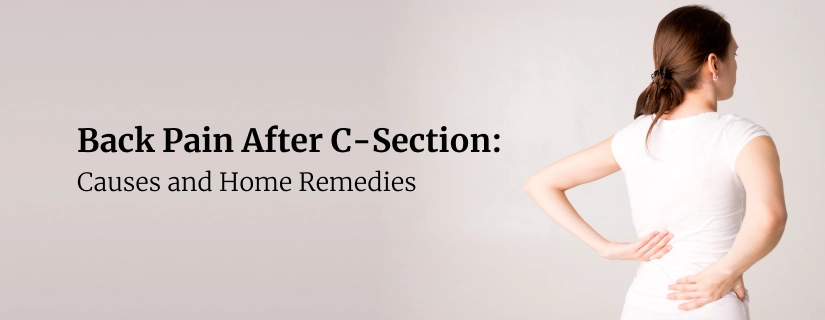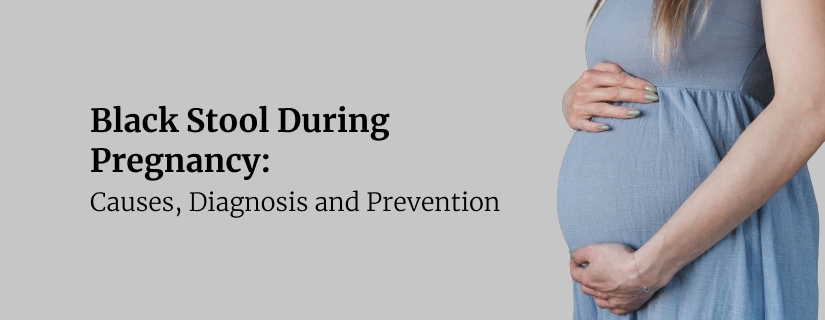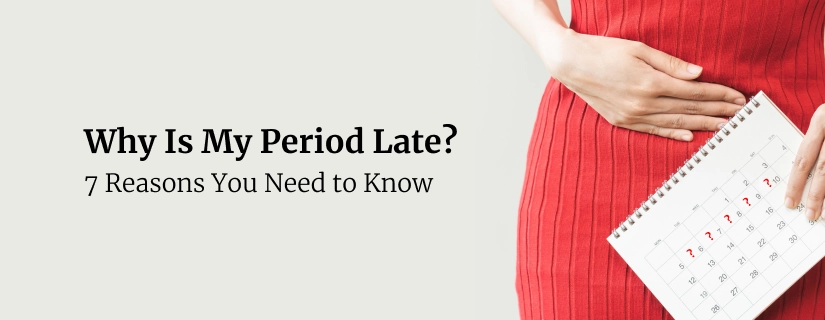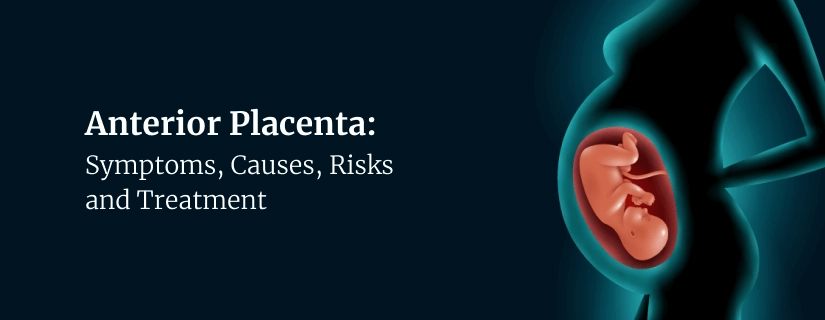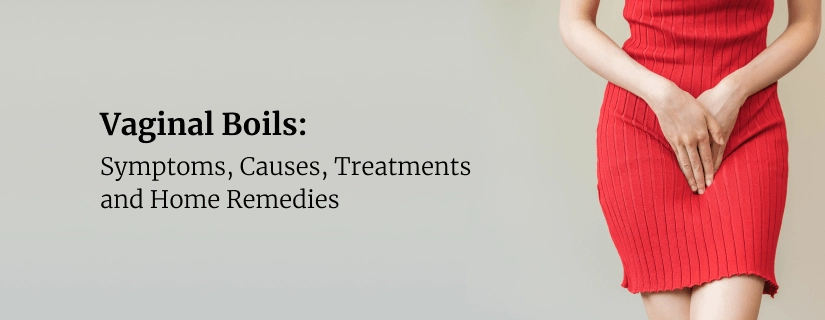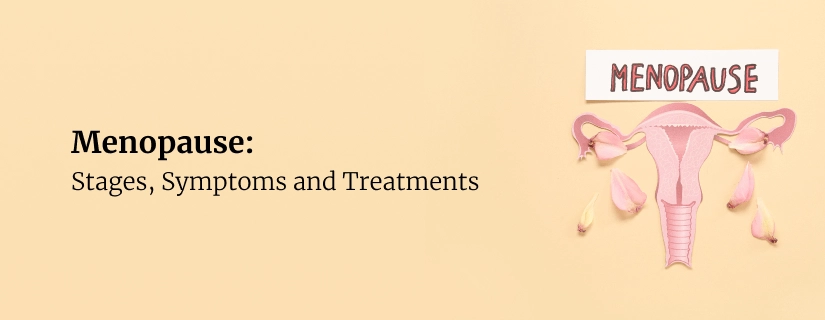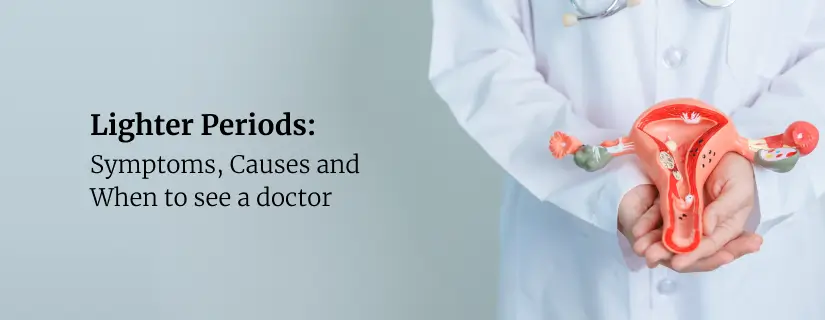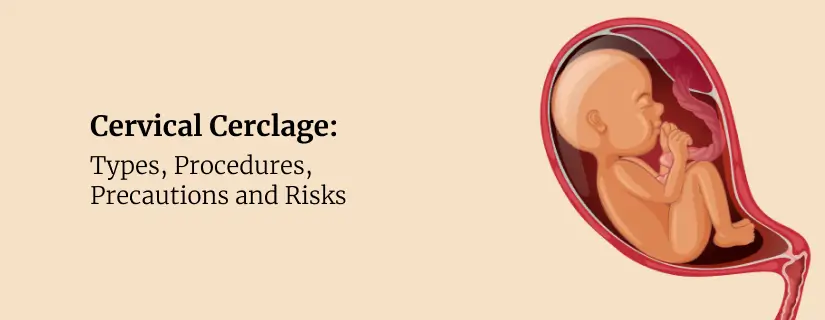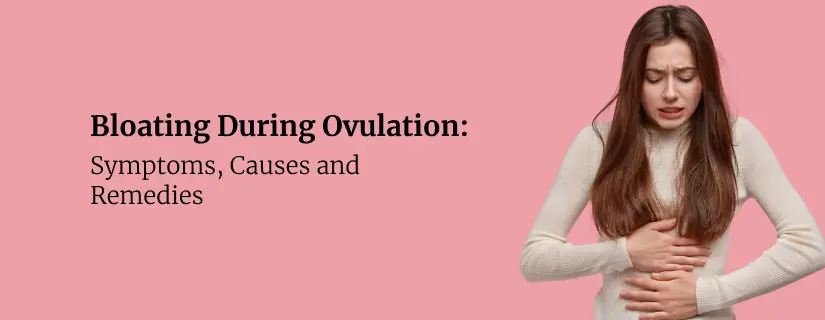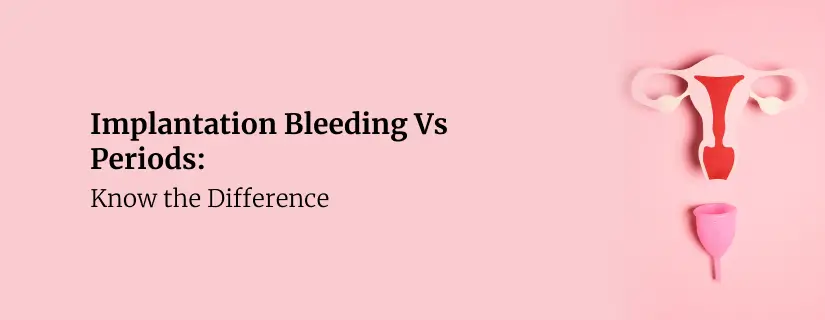-
Doctors
-
Specialities & Treatments
Centre of Excellence
Specialties
Treatments and Procedures
Hospitals & Directions HyderabadCARE Hospitals, Banjara Hills CARE Outpatient Centre, Banjara Hills CARE Hospitals, HITEC City CARE Hospitals, Nampally Gurunanak CARE Hospitals, Musheerabad CARE Hospitals Outpatient Centre, HITEC City CARE Hospitals, Malakpet
HyderabadCARE Hospitals, Banjara Hills CARE Outpatient Centre, Banjara Hills CARE Hospitals, HITEC City CARE Hospitals, Nampally Gurunanak CARE Hospitals, Musheerabad CARE Hospitals Outpatient Centre, HITEC City CARE Hospitals, Malakpet Raipur
Raipur
 Bhubaneswar
Bhubaneswar Visakhapatnam
Visakhapatnam
 Nagpur
Nagpur
 Indore
Indore
 Chh. Sambhajinagar
Chh. SambhajinagarClinics & Medical Centers
Book an AppointmentContact Us
Online Lab Reports
Book an Appointment
Consult Super-Specialist Doctors at CARE Hospitals
An Overview of Hysterectomy
Updated on 31 May 2022
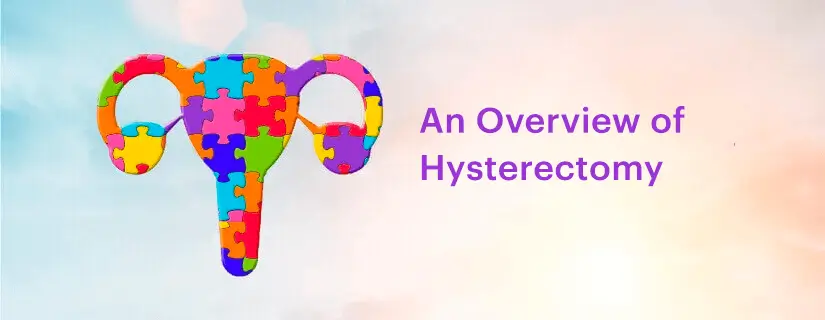
A surgical procedure to remove the uterus from the body is called a hysterectomy. Women who go through the same will lose the ability to get pregnant and menstruate. There are many underlying causes to get a hysterectomy involving abnormal bleeding, fibroids, cancer, and uterine prolapse.
Let us explore hysterectomy types, surgical procedures, symptoms and signs, treatment, prevention, and other diagnoses.
What is Hysterectomy?
The removal of the uterus and cervix is a procedure called hysterectomy. It depends on the severity of the illness to decide whether or not the other organs and tissues like fallopian tubes and ovaries will be removed.
The uterus is a baby's womb that breaks its lining every month because of menstruation. You won’t be able to get pregnant or get a period after a hysterectomy.
Types of Hysterectomy
There are many types of surgery related to hysterectomy. The severity of the condition will determine whether or not the fallopian tubes or ovaries will be removed.
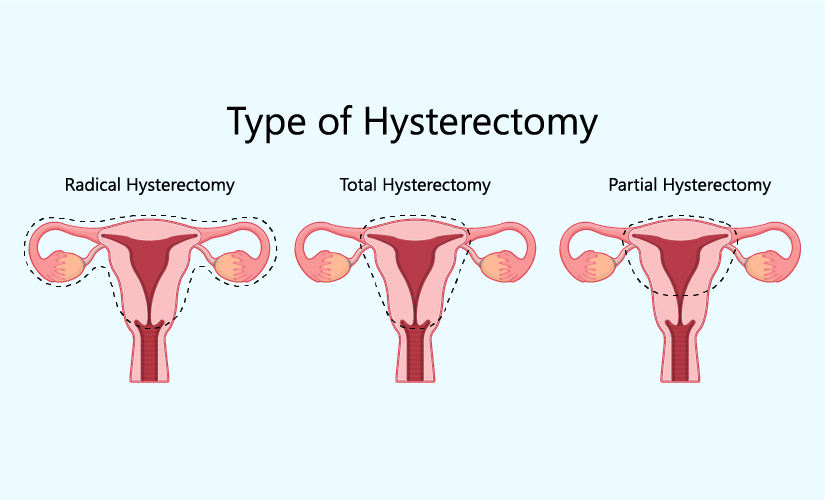
- The removal of the uterus and cervix without the ovaries is called a Total Hysterectomy.
- When the surgery removes the upper part of the uterus and leaves the cervix it is called Supracervical Hysterectomy.
- The removal of the uterus, cervix and fallopian tubes along with the ovaries is called total hysterectomy with Bilateral Salpingo-oophorectomy.
- The total hysterectomy with bilateral salpingo-oophorectomy along with the upper part of the vagina is called a Radical Hysterectomy. Usually, it is performed when cancer is detected.
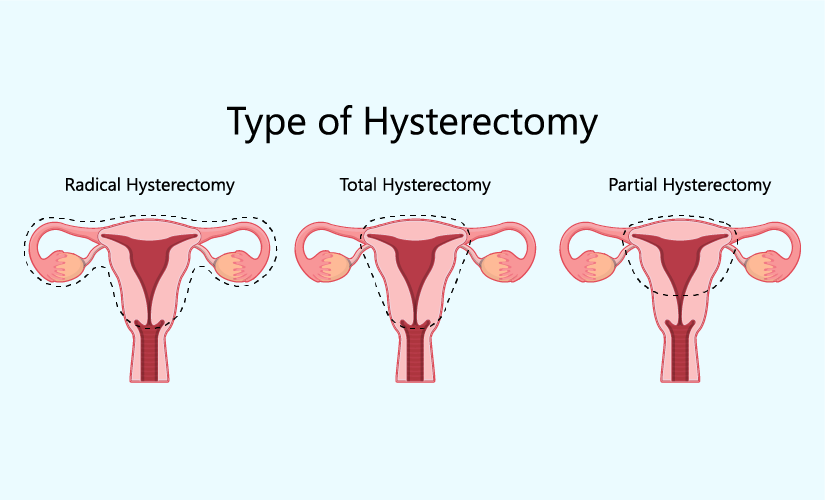
Why is a Hysterectomy performed?
A hysterectomy is a surgical procedure in which the uterus is removed, and in some cases, the cervix, ovaries, and fallopian tubes may also be removed. This procedure is typically performed by gynecologists and is one of the most common surgeries for women. There are several medical reasons why a hysterectomy may be performed:
- Uterine fibroids: These are non-cancerous growths that develop in or around the uterus. They can cause heavy or painful periods, pelvic pressure, and discomfort. When fibroids are large or causing significant symptoms, a hysterectomy may be recommended.
- Endometriosis: This is a condition where the tissue lining the uterus (endometrium) grows outside the uterus, leading to pain, inflammation, and potential scarring. If other treatments fail to provide relief, a hysterectomy may be considered.
- Uterine cancer: When cancerous cells are detected in the uterus, a hysterectomy is often performed to remove the cancer and prevent its spread to other parts of the body.
- Chronic pelvic pain: In cases where chronic pelvic pain is severe and does not respond to conservative treatments, a hysterectomy might be a last resort to alleviate the pain.
- Uterine prolapse: This occurs when the muscles and ligaments supporting the uterus weaken, causing the uterus to sag into the vagina. When conservative measures are ineffective, a hysterectomy can address this condition.
- Abnormal bleeding: If a woman experiences prolonged, heavy, or irregular bleeding that doesn't respond to other treatments, a hysterectomy might be an option to resolve the issue.
Signs and Symptoms
After a proper diagnostic test, your doctor may recommend hysterectomy surgery in Hyderabad. The procedure can be used if you experience one of the following hysterectomy symptoms and signs, or are experiencing other underlying diseases-
- If your vagina bleeding is heavy and abnormal and is not getting in control with any medication.
- Severe pain with menses which is not getting in control with other treatment options.
- Leiomyomas or uterine fibroids that are non-cancerous
- Increased pelvic pain in the uterus. This pain may not be stable with any other treatment.
- Uterine Prolapse- a condition when the uterus drops to the vaginal canal. It may be due to weakened support muscles. The complication can include urinary incontinence and bowel movement difficulties.
- Cervical or uterine cancer or abnormalities. Surgery can also be used to prevent cancer.
- Conditions like hyperplasia, recurrent uterine polyps, or adenomyosis.
Diagnosis
- The diagnosis is carried out in the form of physical examinations. Doctors will check your body weight, and monitor your blood pressure, heart rate, and other vital organs. All these are recorded before the procedure.
- Later you may be required to undergo blood tests, x-rays, MRI scans, and other endoscopic procedures if needed.
- All these tests will determine the type of surgery needed in the uterus and the severity of the problem.
Treatment
As this is a surgical procedure, a hysterectomy will be carried out depending on the severity of your condition. You will be changed into hospital clothes. Your heart rate and pulse rate will be monitored.
You may also be given IV fluids to deliver the medications. You make it general or regional anaesthesia depending on the type of procedure.
There are many surgical approaches to hysterectomy.
- Vaginal Hysterectomy: In this surgical procedure, the top of the vagina is cut to remove the uterus. There is no external incision and dissolvable stitches are placed in the vagina. It is usually carried out for non-cancerous reasons and patients can expect minimal complications. Recovery can take up to 4 weeks and patients can go the same day after the surgery.
- Laparoscopic Hysterectomy: A Laparoscope is a thin tube with a videocam. It is inserted in the lower abdomen. The surgeon will cut through the belly button and use tools to remove the uterus. The recovery period is short and less painful than an abdominal hysterectomy.
- Abdominal Hysterectomy: The procedure is carried from the abdomen and is either made from the pubic bone or the navel. The stitches and staples are used to close the incision. It is carried out when cancer is involved and may spread to other pelvic areas. You may be required to stay in the hospital for 2 to 3 days.
These all surgical procedures can help you cope with uterus-related problems.
What are the complications of a hysterectomy?
Like any surgical procedure, there is a small possibility of encountering complications, such as:
- Blood clot formation
- Severe infection
- Excessive bleeding
- Bowel obstruction
- Torn internal sutures
- Urinary tract damage
- Anesthesia-related issues.
Preventive Measures after Surgery
- Patients may experience channel pleading after the procedure. It may last up to 6 weeks. Use sanitary pads for the discharge.
- Patients are not required to lift heavy objects that weigh over 10 pounds. You have to follow the same for at least 4 to 6 weeks.
- Patients are also recommended not to put anything on the vagina for 4 to 6 weeks. They may also not involve in any sexual intercourse for six weeks after hysterectomy surgery.
- Patients may bathe but the incision should be washed with soap and water. You do not have to put a bandage on the area. Do not remove staples on your own, visit your doctor to get them removed.
- Patients can drive after two weeks of the surgery. If you are no longer on any sleep medications, you may resume your daily activities.
- You can work out and do light exercises in about 4 to 6 weeks. Consult your doctor before indulging in heavy weightlifting.
- Patients can resume work after 4 to 6 weeks.
The surgical procedure will take about 4 to 6 weeks to recover. It also depends on the security of the surgery.
Now, you must be aware of all the related aspects of Hysterectomy. All in all, follow the above preventive measures to be healthy and lead a safe and happy life.
CARE Hospitals, one of the best hospital for women's health in Hyderabad, offers world-class hysterectomy surgery by experienced surgeons.
ENQUIRY FORM
SELECT CATEGORIES
-
Neurosciences (16)
-
Neurology (37)
-
Neurosurgery (14)
-
Orthopaedics (48)
-
Oncology (33)
-
Obstetrics and gynecology (52)
-
Pulmonology (23)
-
Urology (20)
-
Nephrology (13)
-
Psychiatry (7)
-
Dietetics and Nutrition (111)
-
General Medicine (63)
-
Cardiac Sciences (32)
-
Vascular & Endovascular Surgery and Interventional Radiology (15)
-
Gastroenterology (46)
-
Endocrinology (23)
-
Plastic Surgery (10)
-
Critical Care Medicine (5)
-
COVID-19 (16)
-
Dermatology (16)
-
Emergency Care (1)
-
Ophthalmology (4)
-
Pediatrics (14)
-
Laparoscopic and Bariatric Surgery (8)
-
ENT (15)
-
Kidney Transplant (1)
-
Liver Transplantation and Hepatobiliary Surgery (5)
-
General Surgery (3)
-
Internal Medicine (5)
-
Medicine Information
High-Risk Pregnancy - Placenta Previa
PCOD (Polycystic Ovarian Disease) - Causes, Symptoms, and Treatments
YOU MAY ALSO LIKE
RECENT BLOGS
-
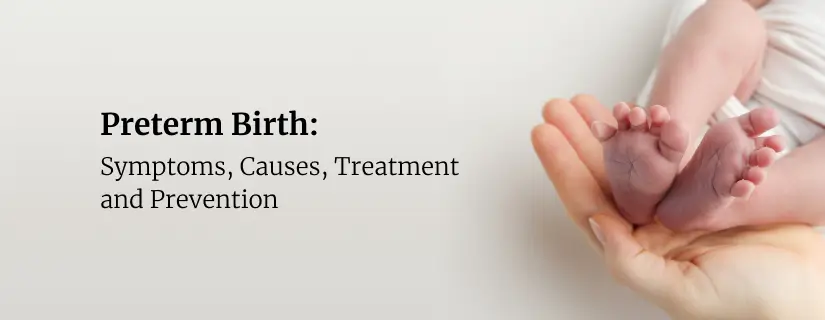
Preterm Birth (Premature Birth): Symptoms, Causes, Treatment and Prevention
13 May 2025
Read More
-
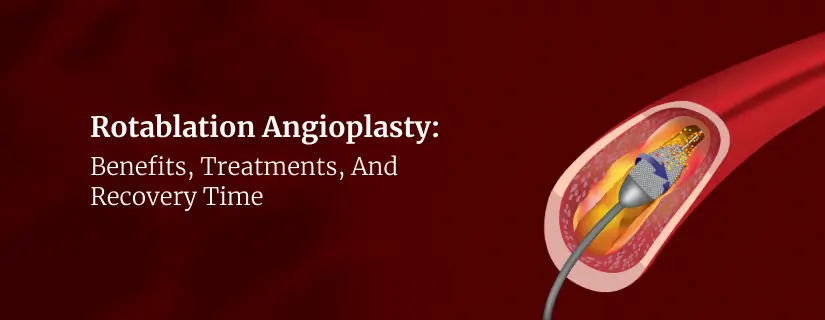
Rotablation Angioplasty: Benefits, Treatments, And Recovery Time
9 May 2025
Read More
-
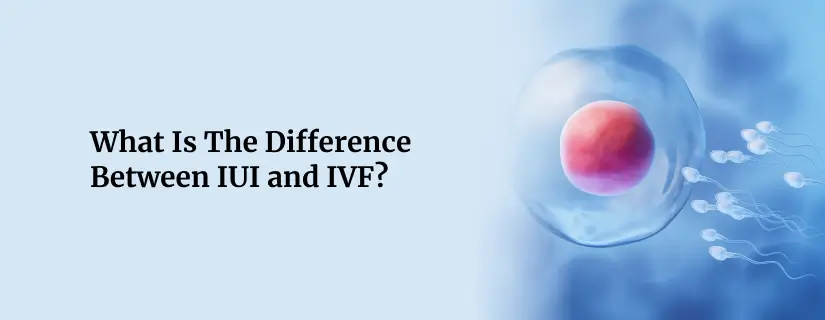
What Is The Difference Between IUI and IVF?
9 May 2025
Read More
-
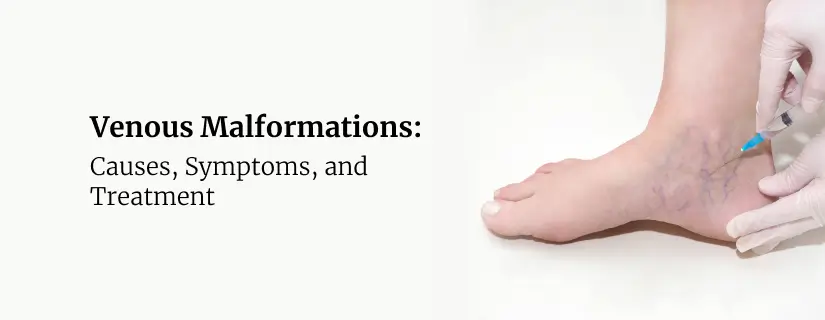
Venous Malformations: Causes, Symptoms, and Treatment
30 April 2025
Read More
-
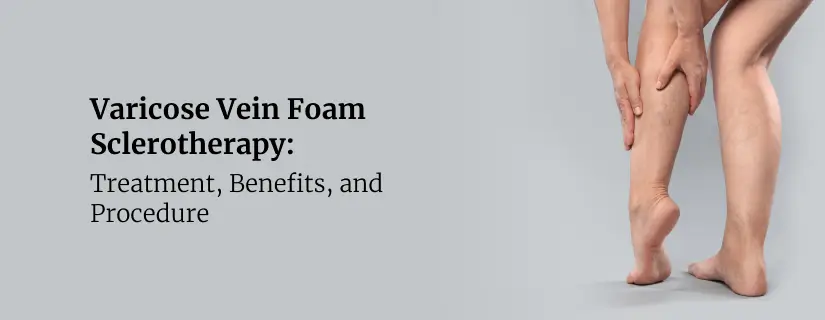
Varicose Vein Foam Sclerotherapy: Treatment, Benefits, and Procedure
30 April 2025
Read More
-
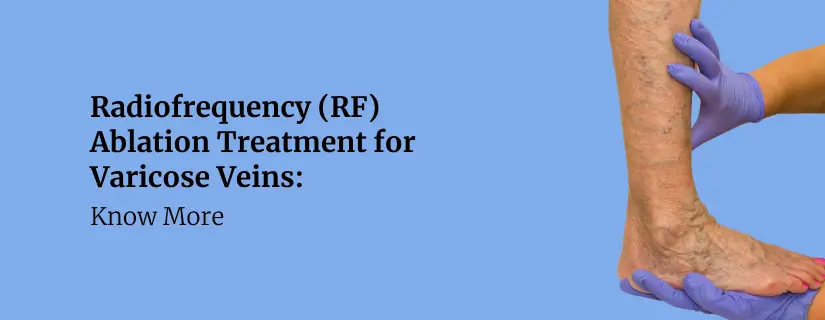
Radiofrequency (RF) Ablation Treatment for Varicose Veins: Know More
30 April 2025
Read More
-

Varicose Vein Sclerotherapy: Treatment, Benefits, and Procedure
30 April 2025
Read More
-
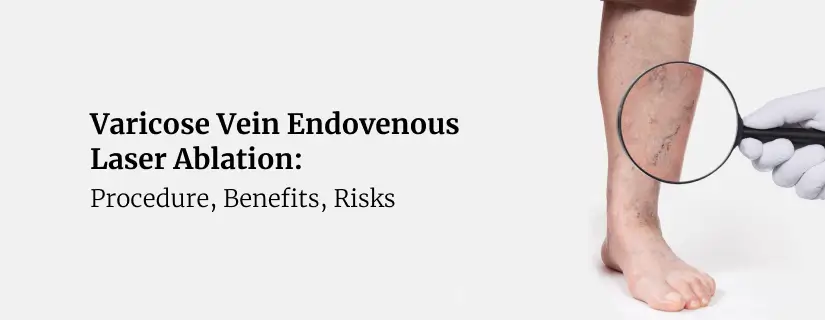
Varicose Vein Endovenous Laser Ablation: Procedure, Benefits, Risks
30 April 2025
Read More
Have a Question?
If you cannot find answers to your queries, please fill out the enquiry form or call the number below. We will contact you shortly.







